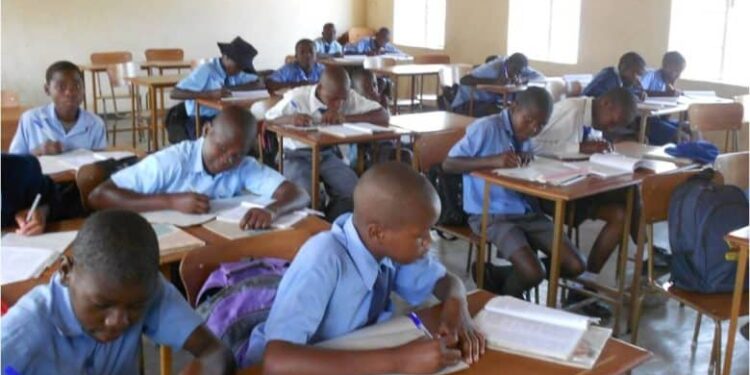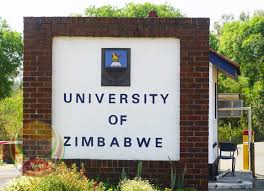The Minister of Primary and Secondary Education Torerai Moyo has explained the rationale behind revising the Continuous Assessment Learning Activities (CALA) which was recently scrapped.
He says CALA was introduced in 2020 at the height of the Coronavirus and as such teachers were not adequately trained because of the lockdowns.
Speaking during post cabinet briefing yesterday, Moyo said in some cases learners were doing as much as 27 learning areas adding that as it stands now -Number of learning areas per subject reduced from 8 to 1.
Moyo pointed out that now 6 learning areas have been added to primary students and 5 compulsory learning areas for Secondary.
Apparently, CALA has been replaced with School Based Continuous Assessment, school-based projects of practical applications with the number of areas covered by the non-examination process reduced from about eight to one for each subject.
CALA is a revolution from the traditional knowledge-based final examination model to a competency-based profile evaluation for Grade Seven, O-Level and A-Level learners.
Under CALA pupils are supposed to carry out projects and tasks in schools, which will constitute 30 percent of their coursework for the final examination under the Zimbabwe School Examinations Council (Zimsec) for each subject.
Meanwhile, on May 23 and 24 last year the government conducted public hearings on the CALA issue with every school used as a consultation centre.
Apparently, cabinet recieved and approved the Heritage-Based Education 2024-2030 Curriculum Framework which is expected to transform the education system in order to produce citizens with relevant skills, applied knowledge, values and dispositions that are key to national development, beginning with the communities they serve.
Speaking during post cabinet briefing, Information Publicity and Broadcasting Services Minister Jenfan Muswere said the Primary and Secondary Education System is being designed to mould productive learners who will cherish and practice the Zimbabwean philosophical orientation of Unhu/Ubuntu/Vumunhu.
The proposed curriculum will embrace Heritage as a basis for learning and infusing technology, and shall be implemented from ECD up to Upper Secondary level.
The pathways whose learning areas are provided for in framework, are Science, Technology, Engineering and Mathematics (STEM); Visual Performing Arts; Humanities especially the history of Zimbabwe; Technical/Vocational Education and Training (TVET); and Commercials.
Source Zwnews










